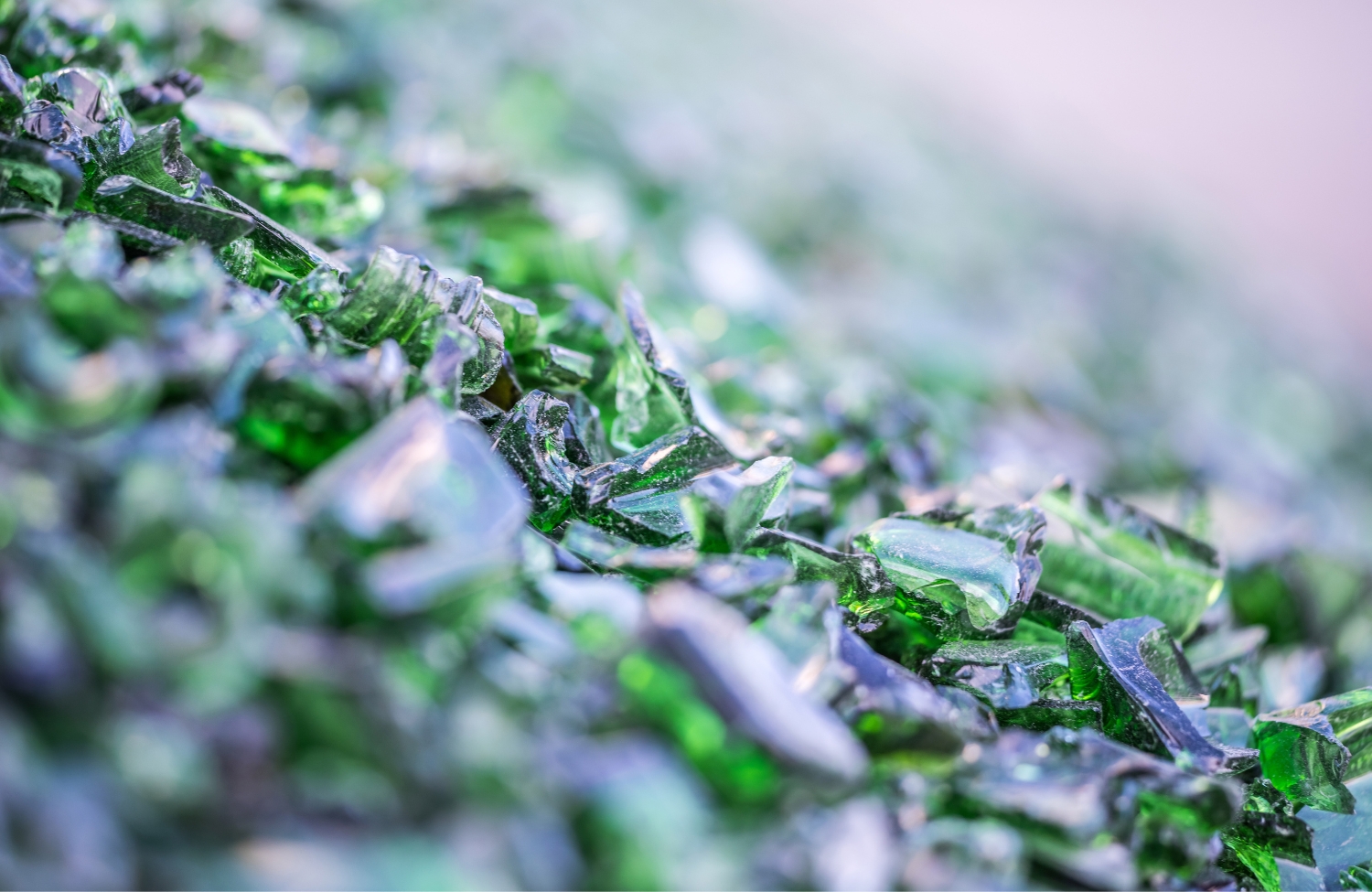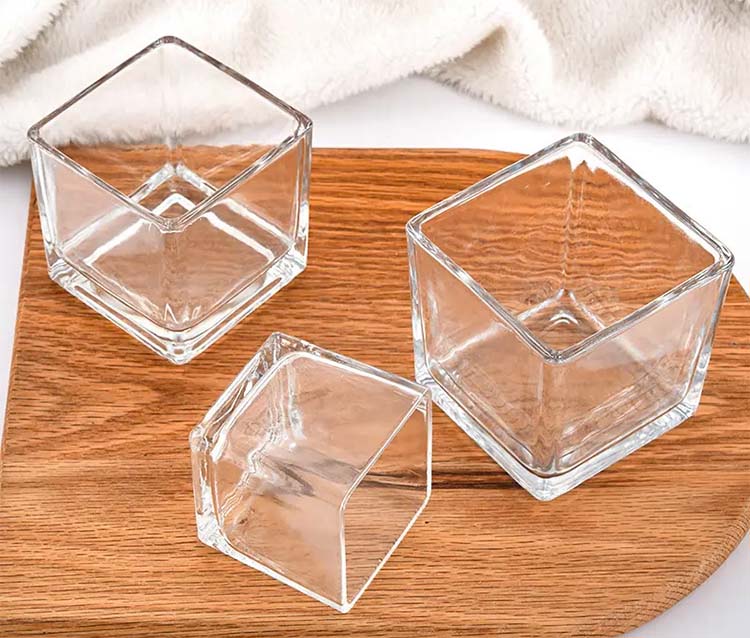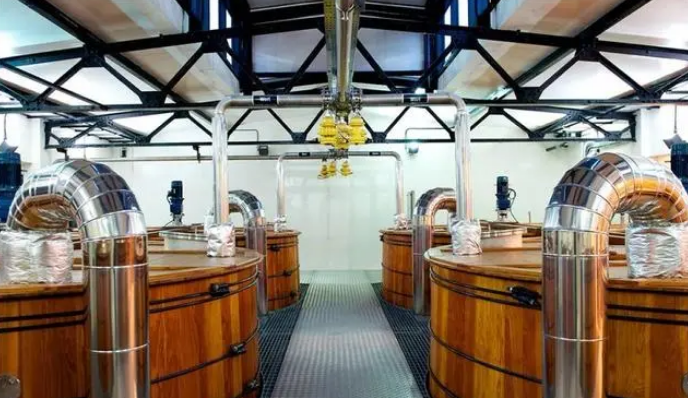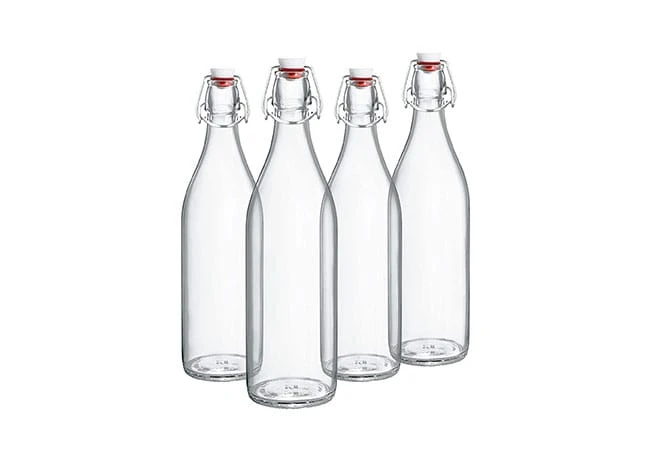There are many types of glass bottles. According to the conditions of use, they can be divided into recyclable bottles and non-recyclable bottles (one-time bottles); according to the manufacturing method, they can be divided into molded bottles (bottles formed by models) and tube bottles (bottles made of glass bottles); according to the destination, they can be divided into food packaging bottles, medicine bottles, cosmetic bottles, and educational supplies bottles. But generally they can be summarized into two categories: narrow-necked bottles (small-mouth bottles) and thick-necked bottles (large-mouth bottles).
- Narrow-necked glass bottles (small-mouth bottles)
Any bottle with an inner diameter of less than 30 mm is called a narrow-necked bottle, which is used to hold various liquid substances. Glass bottles are traditional beverage packaging containers in my country, and glass is also a very historical packaging material. With many kinds of packaging materials flooding the market, glass containers still occupy an important position in beverage packaging, which is inseparable from its packaging characteristics that cannot be replaced by other packaging materials.
- Thick-necked glass bottles (wide-mouthed bottles)
Bottles with a bottleneck inner diameter greater than 30 mm are used to hold block, powder and paste items.
Basic requirements for glass bottles
Depending on different uses, various glass bottles have their corresponding technical regulations. Generally speaking, the following basic requirements should be met:
- Glass quality: The glass should be melted well and evenly, and defects such as stones, streaks, and bubbles should be avoided as much as possible. Colorless glass should have high transparency, and colored glass should have stable color and be able to absorb light waves of a certain wavelength.
- Physical and chemical properties
2.1. Glass should have a certain chemical stability (explanation: stable and stable; no change), and should not interact with the contents to affect its quality.
2.2. Glass bottles should have a certain thermal stability, and the loss rate should be extremely small.
2.3. Glass bottles should have a certain mechanical strength, and should be able to withstand vibration, impact, pressure, etc.
- Forming quality: To ensure that the glass bottles and jars can withstand the internal pressure and the damage during transportation and use during sterilization and other heating or cooling processes, they should be formed according to a certain capacity, weight and shape, and should not have defects such as distortion, uneven surface, cracks and incompleteness. The glass should be evenly distributed, and no part should be too thin or too thick, especially the mouth should be smooth and flat to ensure sealing.











